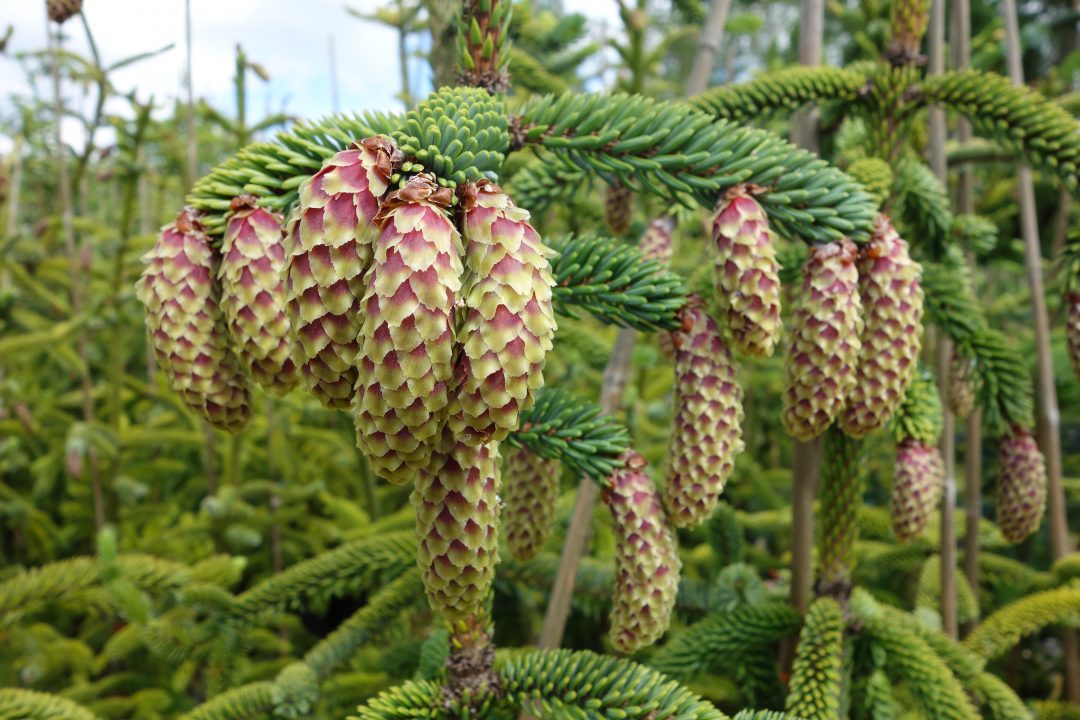
We need trees – but trees also need us. Pests, diseases and climate change pose very significant threats to forests…both to native and to introduced species. We need to prepare in advance – as by the time we react to an outbreak it is often far too late.
PROTREE is a collaborative tree health project involving researchers from various organisations in Scotland. (We are not part of it, but we are watching with interest).
From their press release:
Trees face a variety of challenges to their health from many different threats, often at the same time. To find a sustainable long-term strategy for keeping our trees healthy, the range of real and potential threats to tree health needs to be considered, along with the trees’ potential to adapt. This not only includes recognising important pests and pathogens, but also understanding how trees are adapted to cope with these threats and other pressures resulting from climate change and habitat fragmentation. These issues need to be understood in a physical, social and economic context so that workable management options can be identified.
“Trees face a whole range of problems –more new pests and diseases, climate change and forest fragmentation” explained Dr Stephen Cavers, an ecologist at the Centre for Ecology & Hydrology in Edinburgh and leader of the PROTREE project, “these challenges are connected, so it is essential we try to understand them together if we want to protect tree health in the long term.”
Using the example of Scots pine, an important native tree species, this project will assess variation and evolution in three key threat species: the Dothistroma needle bligh tfungus, pine-tree lappet moth and the pine pitch canker fungus. It will explore the role of associated communities and the extent of genetic variation in determining Scots pine’s resistance to these threats and, using new and existing field trials, measure the extent to which Scots pine populations may be able to adapt. At the same time, by working with people who manage and use trees, and with the public, the researchers hope to find ways to use the new biological information to facilitate socially desirable change in practical forest management.
Although Scots pine will be the case study species, the objective of the project is to create a practical way to gather similar information in other tree species, establishing transferable experimental protocols and an open access online database. This will lay the groundwork for bringing together information on health issues for all of the UK’s important tree species, and ultimately help to improve the resilience of forests across the country. “Although there are many threats, trees are adaptable and resilient.” said Dr. Cavers “We can use that adaptability to help our trees to cope with changes in the future.”
For more information on tree pests and diseases, visit Forestry Commission’s website.

Leave a Reply
You must be logged in to post a comment.